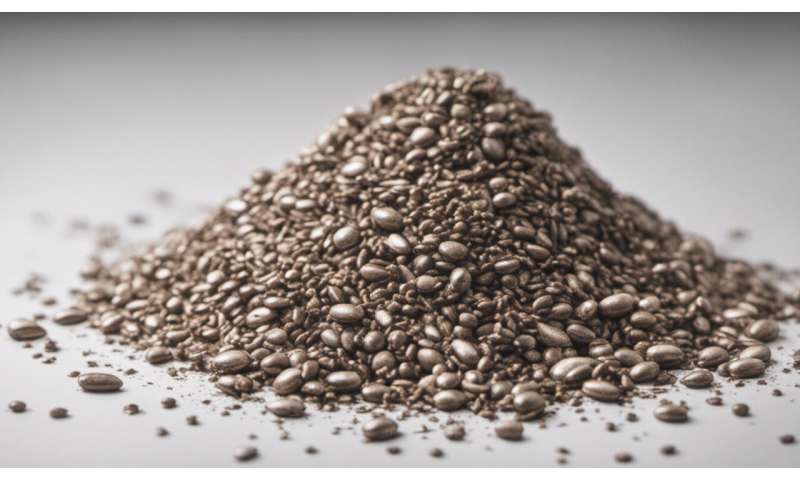What is GHB, the liquid ecstasy drug implicated in rape crimes?

The case of Reynhard Sinaga, an Indonesian man convicted by a court in Manchester, United Kingdom for 136 rapes, has shed light on an illegal drug he most likely used to paralyze his victims.
Sinaga reportedly lured drunk men from nearby nightclubs to his apartment with offers of drinks or the opportunity to charge their phones. Sinaga would then spike their drinks, most likely with the drug gamma-hydroxybutyrate (GHB), rendering the men unconscious. He would then assault them.
GHB was allegedly used in the Burning Sun nightclub case in 2019 in South Korea, which involved K-Pop star Seungri, a member of the legendary group Big Bang.
GHB is classified as a controlled drug in most European Union countries, restricting its distribution. But it’s illegal in United Kingdom.
Anesthetic in night clubs
What is GHB?
GHB is known as one of many club drugs. It is often used in night clubs and music festivals to enhance social intimacy and sensory stimulation.
American researcher and physician Paul M. Gahlinger lists four popular club drugs:
- MDMA (3,4-Methylenedioxymethamphetamine)
- GHB (gamma-hydroxybutyrate)
- Rohypnol (flunitrazepam)
- Ketalar (ketamine).
MDMA is commonly known as ecstasy or molly, while GHB is on the street known as liquid ecstasy, G, liquid X, get-her-to-bed, salty water, soap and many more.
GHB induces euphoria and works as a relaxant, sedating the users. The drug also functions as an aphrodisiac and can improve sexual performance.
GHB is produced naturally in the body in small quantities and works as a neurotransmitter, regulating the sleep cycle, emotion and memory.
In 1960, French biochemist Henri Laborit synthesized the drug as an anesthetic for surgery. It then gained popularity as a recreational drug taken by clubbers as well as a nutritional supplement marketed to bodybuilders because it helps burn fat.
The United States banned nonprescription sales for this drug in 1990 due to its side effects. People who take GHB can experience breathing difficulties due to lack of air entering the lungs. People can also experience seizures.
Patients who have taken GHB often show changes in behavior such as aggression.
A range of neurological effects can occur from taking GHB—from uncontrolled eye movements, impaired body movements due to problems in the brain, dizziness and decreased consciousness to coma, respiratory depression, cessation of breathing and death.
Deadly impact
One of Sinaga’s victims told the jury there was something odd in the drink he offered to him. “The drink looks like water, but there is a solvent in it, almost like salt. It’s not as transparent as water,” the man said while giving evidence via video link. “I think I said to him, ‘what is this? This is not water, is it,” and he said, “This is water, you need to drink water.'”
In 2000, around 60 deaths were reported in the US due to GHB overdose, and concern was raised about it being used as a “date-rape drug”.
In 2002, sodium oxybate, a salt compound from GHB, was approved as a treatment of narcolepsy (a chronic neurological disorder that causes a patient to fall asleep suddenly) and was listed by the US Food and Drug Administration (FDA) under the trade name Xyrem. This drug must be prescribed by a doctor, and it has limited distribution.
The British parliament classify GHB as an illegal drug under class C. This means anyone who supplies or possesses it for consumption can be sentenced to two to 14 years in prison. In London, there were 61 deaths related to GHB between 2011 and 2015.
In high doses, the drug causes dizziness, hypersalivation, reduced muscle tension and amnesia. The drug usually is dissolved in water. It is sold on the street in the US in small plastic bottles resembling hotel shampoo bottles from US $10 to 20.
The bad taste of GHB is usually masked by flavorings or alcoholic drinks. The effect occurs within 15-30 minutes after oral consumption and reaches its peak in 20-60 minutes, depending on whether it is mixed with food or not.
Vomiting is one of the most common side effects of mixing alcohol with GHB. A mixture of the two depressants can also cause a calming effect and amnesia. It can lead to a potentially life-threatening overdose. Overdose involving GHB and alcohol can cause a person to have breathing difficulties, respiratory failure, coma or death.
Source: Read Full Article
